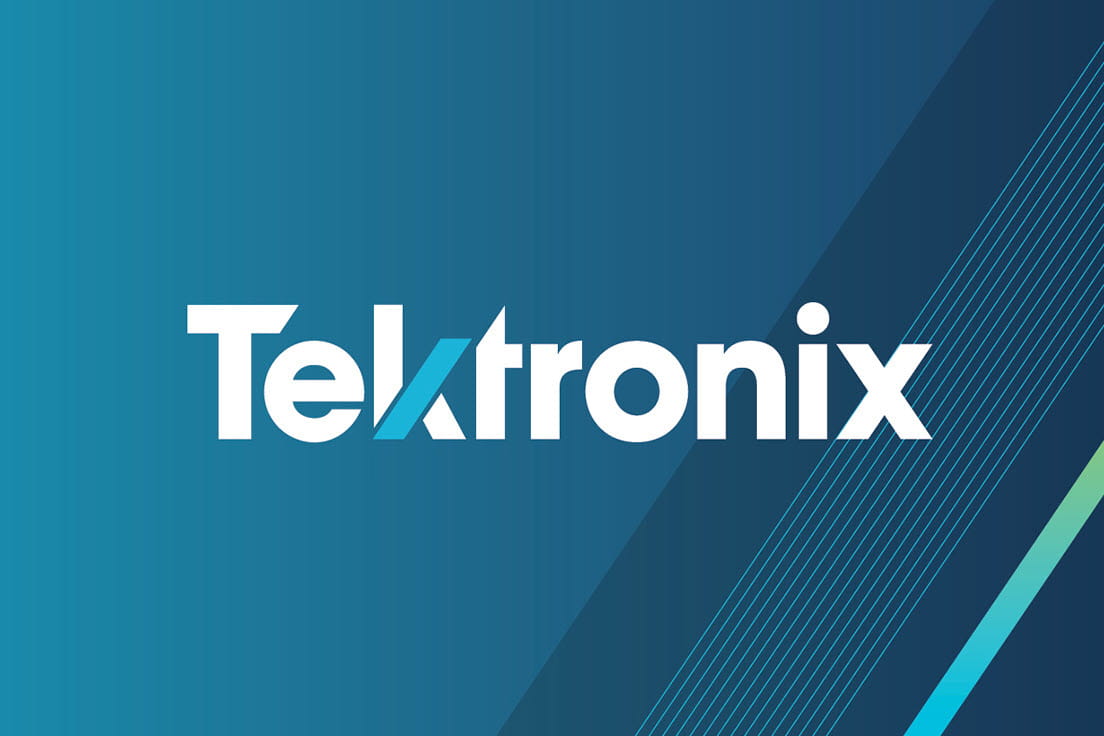

With the continuing growth of the Internet of Things, being connected is more important than ever. Smart, connected electronics are now everywhere: from large scale smart grids to Wi-Fi enabled toasters. With this comes a push to become “unplugged” and eliminate the need for power cords.
For many devices, a power cord is simply not practical for a number of reasons. This means designers must come up with alternative methods of powering their devices, adding new challenges and complexity. Without the seemingly unlimited source of power from being plugged in, designers must pay close attention to how much power their devices are consuming at any given time to maximize efficiency, whether using batteries, solar cells, or any other limited power source.
The most common method used to power wireless devices, of course, is with batteries. Batteries are a proven and reliable source of power that can be recharged and are available in a wide array of sizes and capabilities. Batteries can only supply a finite amount of power before they need recharging so designers must weigh a host of tradeoffs such as battery size, system performance and how long the battery needs to last between charges.
ARM has developed the Cortex-M series family of processors that has become a favorite among designers working on embedded IoT applications. It is not surprising that it has become a favorite because ARM has designed the Cortex-M specifically to be a low-cost, low-power, and high performance processor and those features directly align with the goals of IoT designers.
The Cortex-M series has some neat features built into the design that help reduce its power consumption while operating. It uses a power efficient 32-bit processor that allows the unit to consume less power by performing tasks faster at a lower clock frequency than 8-bit and 16-bit designs. It also supports multiple sleep modes that allow designers to put the processor in a lower power state when high performance is not necessary allowing for longer battery life in devices.
Since publishing the above blog, Tektronix is currently offering discounts up to 89% on software application modules for qualifying oscilloscopes. Check out the details here and save away!


